Soccer wearables are becoming an integral part of modern training, offering insights into performance, health, and overall athleticism.
These devices, ranging from GPS trackers to heart rate monitors, can help players and coaches make data-driven decisions to enhance training effectiveness and performance.
Choosing the right soccer wearable can be overwhelming given the variety of options available.
This guide will help you understand how to select the best soccer wearable based on your specific needs, ensuring you get the most value from your investment.
1. Understanding Soccer Wearables
A. Types of Soccer Wearables
- GPS Trackers
-
- Purpose: Track player movement, distance covered, speed, and positional data during training and matches.
- Use Case: Ideal for analyzing overall performance, understanding tactical positioning, and monitoring workload.
- Heart Rate Monitors
-
- Purpose: Measure heart rate to monitor exertion levels, recovery, and overall cardiovascular health.
- Use Case: Useful for managing training intensity, preventing overtraining, and tracking recovery.
- Performance Monitors
-
- Purpose: Provide comprehensive data on metrics such as acceleration, deceleration, and changes in direction.
- Use Case: Beneficial for detailed analysis of physical performance and movement efficiency.
- Biomechanical Sensors
-
- Purpose: Analyze movement patterns, gait, and body mechanics to prevent injuries and improve technique.
- Use Case: Useful for optimizing movement efficiency and addressing biomechanical issues.
B. Key Features to Consider
- Accuracy and Reliability
-
- Data Precision: Ensure the wearable provides accurate and reliable data. Read reviews and compare specifications to gauge accuracy.
- Consistency: Choose wearables known for their consistent performance under various conditions.
- Comfort and Fit
-
- Design: Look for wearables designed for comfort during intense physical activity. The wearable should not interfere with performance or cause discomfort.
- Adjustability: Ensure the wearable is adjustable to fit different body types and sizes.
- Battery Life and Durability
-
- Longevity: Check the battery life to ensure it meets your training needs. Long battery life is essential for extended training sessions and matches.
- Durability: Select wearables made from durable materials that can withstand rigorous use and various weather conditions.
- Compatibility and Integration
-
- Software Integration: Ensure the wearable integrates with existing training software or apps for seamless data analysis.
- Device Compatibility: Check compatibility with smartphones, tablets, or computers for easy data access and management.
2. Evaluating Your Needs
A. Training Goals and Objectives
- Performance Analysis
-
- Data Requirements: Determine the type of data you need based on your training goals. For example, if you need detailed performance metrics, a GPS tracker or performance monitor may be more suitable.
- Focus Areas: Identify specific areas of focus, such as speed, distance, or heart rate, to choose a wearable that meets those needs.
- Injury Prevention and Recovery
-
- Biomechanical Insights: If injury prevention is a priority, consider wearables with biomechanical sensors to analyze movement patterns and prevent strain.
- Recovery Monitoring: For recovery tracking, heart rate monitors and wearables with recovery metrics can provide valuable insights.
B. Budget Considerations
- Cost vs. Features
-
- Feature Set: Compare the features offered by different wearables within your budget. Higher-cost models often provide more advanced features but assess whether those features align with your needs.
- Value for Money: Evaluate the overall value of the wearable based on its accuracy, durability, and the insights it provides.
- Long-Term Investment
-
- Durability: Consider the longevity of the wearable to ensure it is a worthwhile long-term investment. High-quality wearables may have a higher upfront cost but offer better durability and performance.
3. Researching and Comparing Wearables
A. Reading Reviews and Testimonials
- User Experiences
-
- Feedback: Look for reviews and testimonials from other soccer players or coaches to gauge the performance and reliability of different wearables.
- Pros and Cons: Pay attention to both positive and negative feedback to get a balanced view of the wearable’s performance.
- Expert Recommendations
-
- Professional Opinions: Consult with experts or coaches who have experience with soccer wearables for recommendations based on their insights.
B. Testing and Trialing
- Hands-On Testing
-
- Demo Units: If possible, test the wearable before purchasing to ensure it meets your comfort and performance needs.
- Trial Periods: Some companies offer trial periods or return policies that allow you to test the wearable in real training conditions.
- Comparative Analysis
-
- Side-by-Side Comparison: Compare multiple wearables side-by-side to evaluate their features, performance, and value for money.
4. Making the Purchase
A. Purchase Options
- Direct Purchase
-
- Retail Stores: Buy from authorized retailers or specialty stores for personalized assistance and support.
- Online Platforms: Purchase from reputable online platforms with good customer support and return policies.
- Warranty and Support
-
- Warranty: Ensure the wearable comes with a warranty to protect against defects and malfunctions.
- Customer Support: Choose a brand with reliable customer support for assistance with setup, troubleshooting, and maintenance.
5.Future of Soccer Wearables
The future of soccer wearables is poised to revolutionize player performance and coaching strategies.
Emerging trends include advanced sensors that provide more detailed biometric data, such as muscle fatigue and hydration levels.
Wearables are also expected to integrate with AI to offer real-time performance analytics and predictive insights.
Innovations like augmented reality goggles may soon enhance tactical understanding by overlaying game data during live matches.
These advancements promise to make wearables indispensable tools for optimizing training, preventing injuries, and improving overall gameplay, thus shaping the future of soccer training and performance.
6.Common Mistakes to Avoid
When choosing and using soccer wearables, it’s crucial to avoid common pitfalls to ensure effectiveness and value.
One mistake is selecting a device based on brand alone without considering its specific features and compatibility with your needs.
Additionally, improper use or neglecting regular calibration can lead to inaccurate data, undermining the wearables’ benefits.
Ensure you understand how to interpret the data provided and avoid over-reliance on technology at the expense of fundamental training principles.
Finally, always prioritize wearables with good support and updates to stay current with technological advancements and maximize their benefits.
Conclusion
Choosing the right soccer wearable involves careful consideration of your training needs, budget, and the features offered by various devices.
By understanding the different types of wearables, evaluating your specific requirements, and conducting thorough research, you can select a wearable that enhances your training, performance, and overall soccer experience.
Whether you’re looking to monitor performance, prevent injuries, or track recovery, the right soccer wearable can provide valuable insights and support your journey toward athletic excellence.
Embrace the potential of soccer wearables to take your game to the next level and achieve your goals on the field.
If you have questions and or experiences, please lets engage in the comment box below.
Happy training!!!
Happy soccer season!!!!!!!
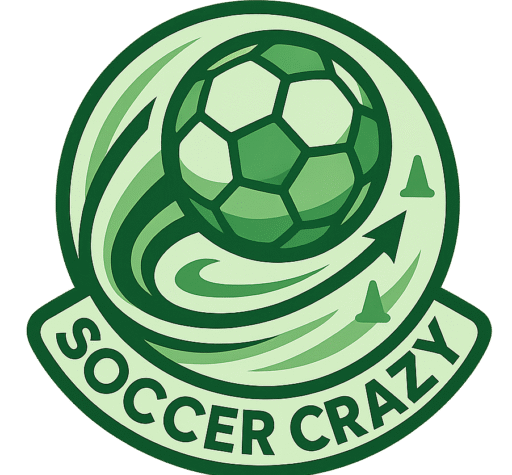

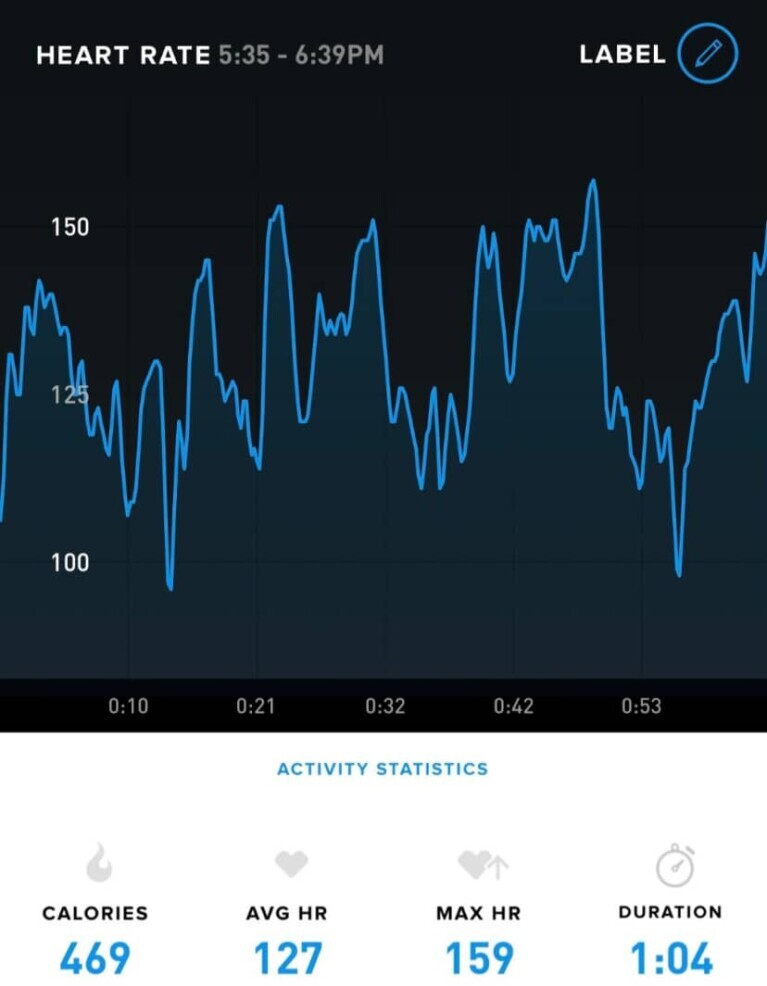
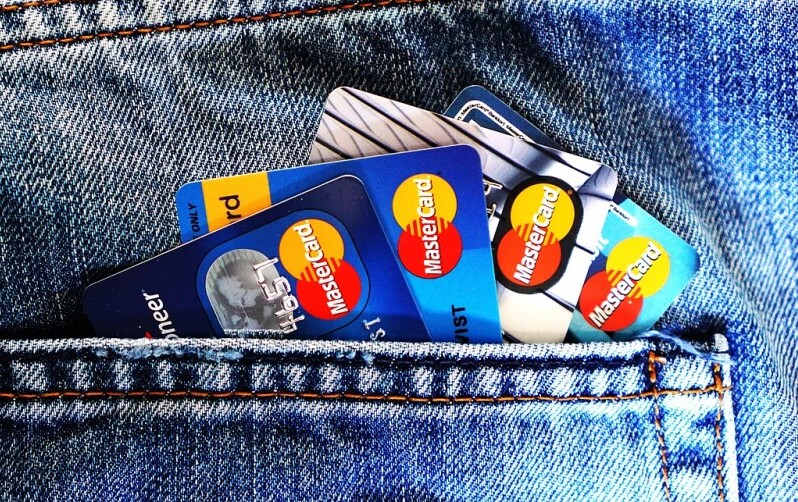
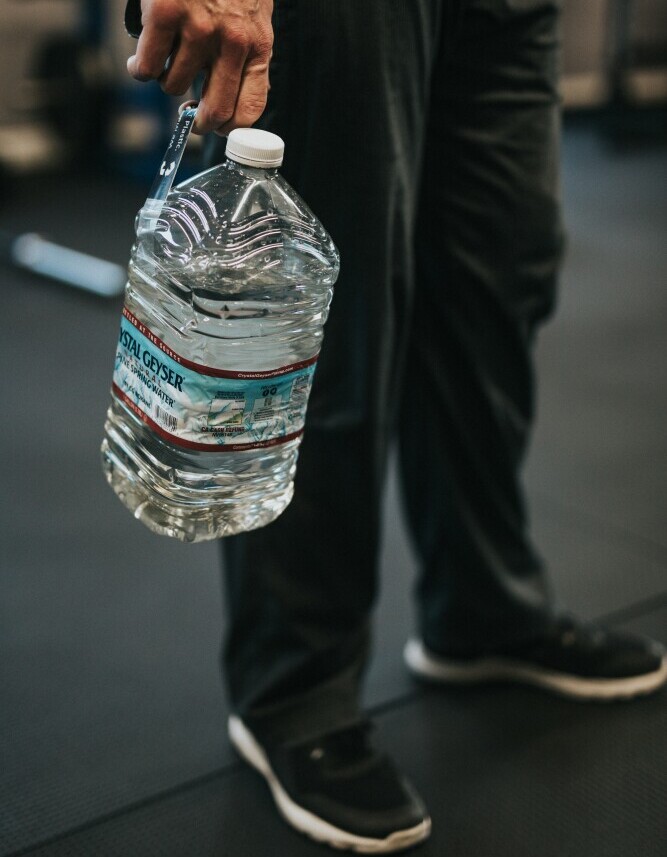
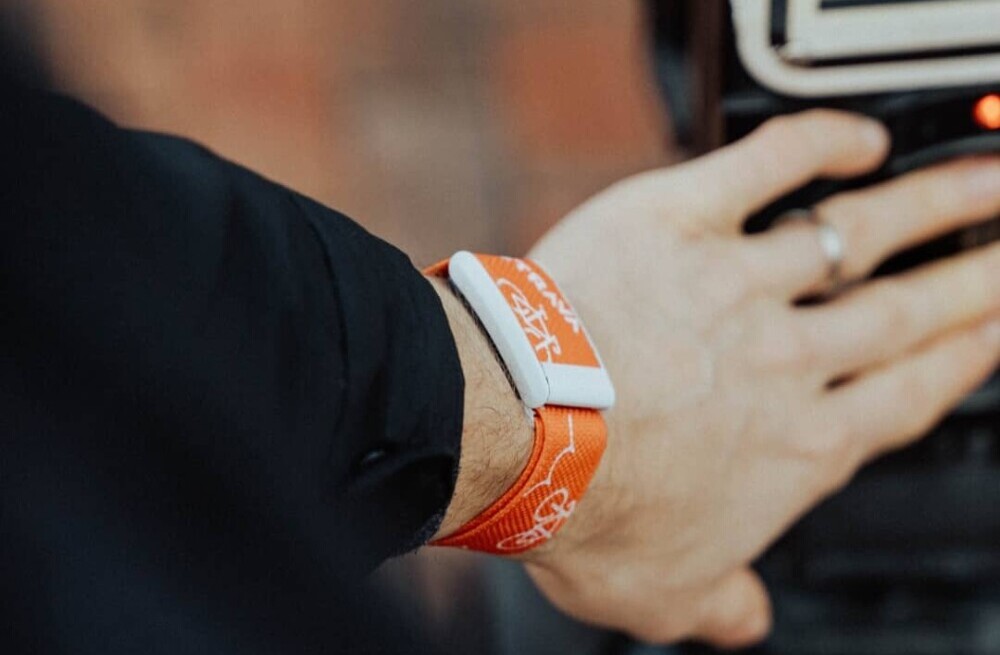
Hello,
This post provides a thorough and insightful guide to choosing soccer wearables, emphasising the importance of understanding various types of devices and their specific benefits. The detailed breakdown of how to evaluate your needs, consider budget and research options will help us make informed decisions. I appreciate the emphasis on not just the features but also on the practical aspects like hands-on testing and reading user reviews.
The section on the future of soccer wearables is exciting, highlighting innovations that could further improve training and performance. The advice on avoiding common mistakes is also very useful, ensuring we get the most out of their investment.
Thank you for sharing this post.